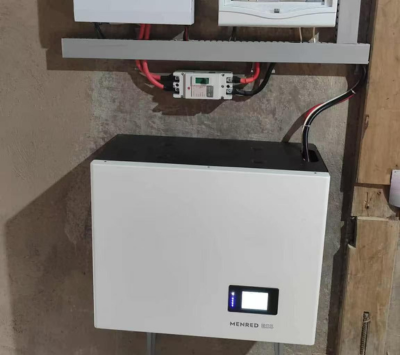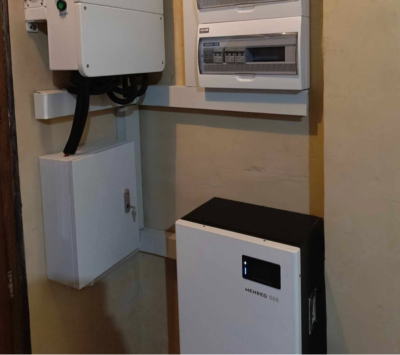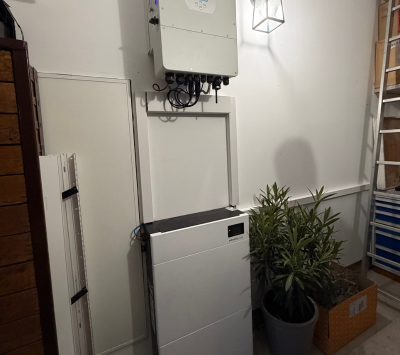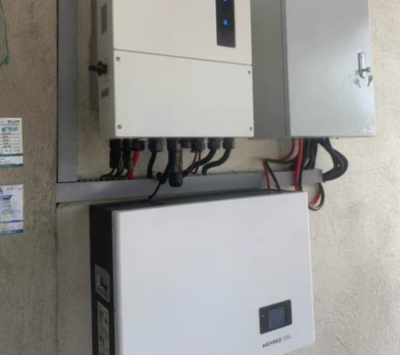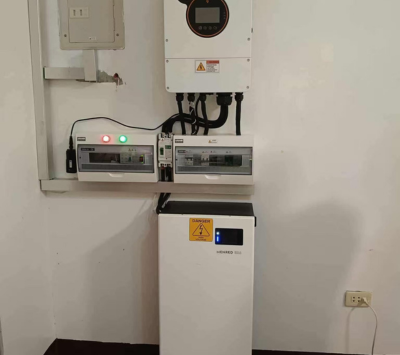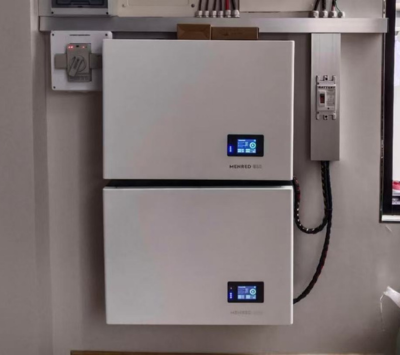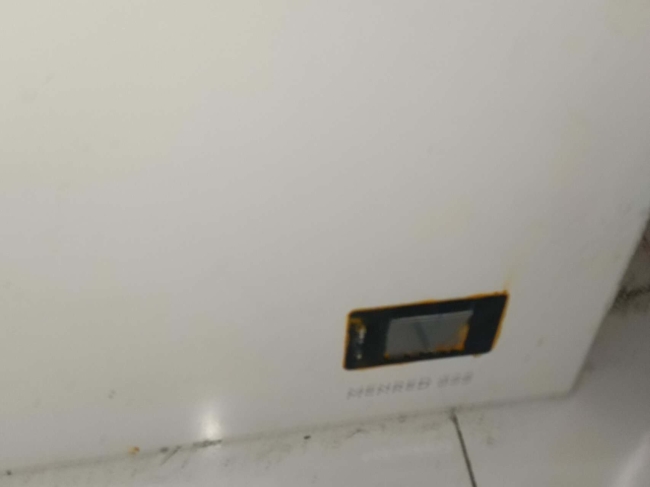
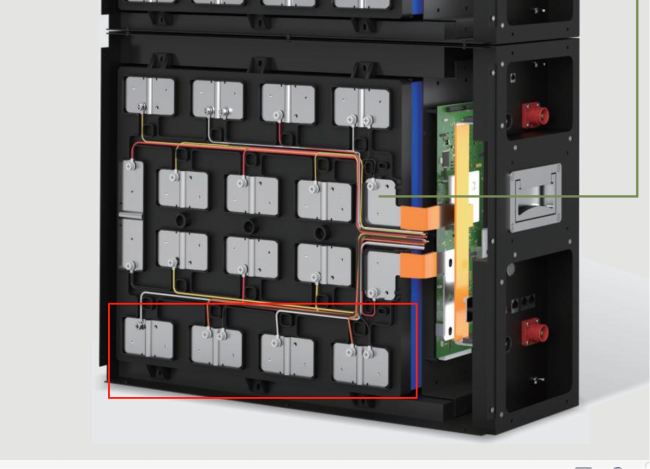
Therefore, we strongly advise against any repair attempts or continued use, as no one can predict its potential future risks.
Even in our own factory, if similar issues occur, the affected batteries are immediately discarded. This is because the potential long-term risks cannot be reliably assessed.
**Potential Risks**
1. **Internal Short Circuit Risk**
– Water may penetrate the battery, corroding electrodes or the separator, leading to micro-shorts. Even if the voltage appears normal now, structural damage could later cause sudden short circuits, resulting in overheating, swelling, or even fire/explosion.
2. **Electrolyte Contamination and Chemical Reactions**
– Water reacting with the electrolyte (e.g., LiPF₆) can produce corrosive substances like hydrofluoric acid, accelerating internal material degradation. This may cause rapid capacity loss or increased internal resistance, leading to overheating during charging/discharging.
3. **Corrosion of Metal Components**
– Water can oxidize battery materials (e.g., aluminum foil, copper foil), worsening corrosion over time and causing poor contact or localized heating.
4. **BMS (Battery Management System) Damage**
– If water seeps into the protective circuitry (BMS), voltage monitoring may fail, leading to improper charge/discharge control and increasing the risk of overcharging or over-discharging.
5. **Delayed Failure**
– Water damage may not be immediately apparent but could cause sudden failure after repeated cycles due to accumulated stress, especially under high temperatures or high-current operation.

